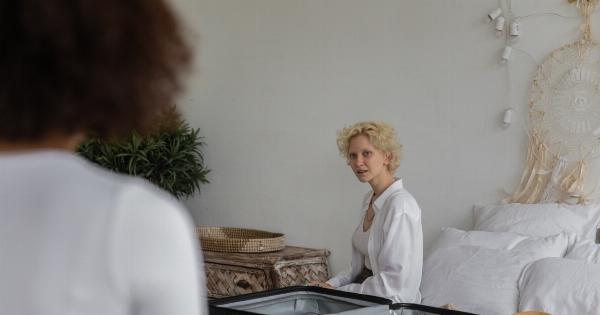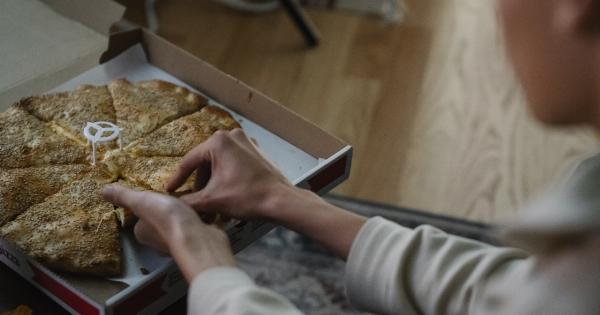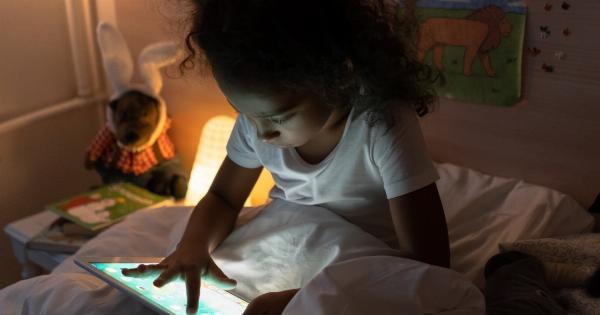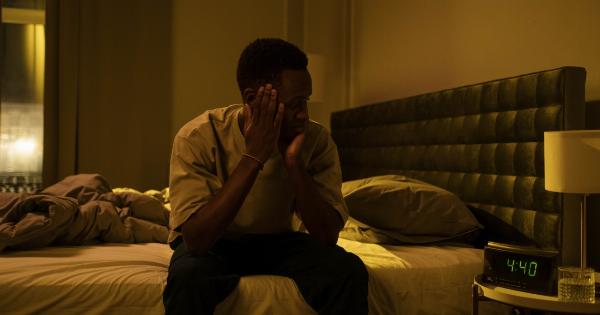Light plays a crucial role in regulating our bodies, from our sleep patterns to our moods. However, did you know that exposure to certain types of light can also impact our cravings for sweet foods?.
The link between blue light and sweet cravings
Scientists have identified a particular type of light that seems to trigger cravings for sweet foods – blue light. This is the type of light that is emitted by electronic devices such as phones, tablets, and laptops.
Studies have shown that exposure to blue light can disrupt our body’s natural production of the hormone melatonin, which is responsible for regulating our sleep cycles.
When our melatonin levels are disrupted, it can lead to changes in our hunger and appetite hormones, causing an increase in cravings for sweet foods.
How blue light affects the brain
When we are exposed to blue light, it can activate certain areas of the brain that are responsible for reward and pleasure.
These areas include the orbitofrontal cortex and the striatum, which are involved in processing the taste and reward value of foods.
Research has shown that exposure to blue light can increase the activity in these areas, causing us to experience a heightened sense of reward and pleasure when we eat sweet foods.
This can lead to a cycle of cravings and overconsumption of these foods.
The effects of blue light on sleep
In addition to its impact on our cravings, blue light can also have a significant impact on our sleep quality.
The blue light emitted by electronic devices can disrupt our body’s natural production of melatonin, making it harder for us to fall asleep and stay asleep.
This lack of sleep can further impact our hunger hormones and lead to an increase in sweet cravings. When we are tired, our bodies often crave quick sources of energy, such as sugary foods, to help us stay awake and alert.
Reducing exposure to blue light
If you are concerned about the impact of blue light on your cravings for sweet foods, there are several steps you can take to reduce your exposure:.
- Limit your use of electronic devices, especially in the evenings and before bedtime.
- Use blue light blocking glasses or apps to filter out the blue light emitted by electronic devices.
- Opt for warmer light sources, such as incandescent bulbs or candles, in the evenings.
By reducing your exposure to blue light, you may be able to reduce your cravings for sweet foods and improve your sleep quality.
Conclusion
Exposure to blue light from electronic devices can have a significant impact on our cravings for sweet foods.
By disrupting our body’s natural production of melatonin and activating reward centers in the brain, blue light can lead to a cycle of cravings and overconsumption of these foods.
To reduce your exposure to blue light, try limiting your use of electronic devices, using blue light blocking glasses or apps, and opting for warmer light sources in the evenings.
By doing so, you may be able to improve your sleep quality and reduce your cravings for sweet foods.




























